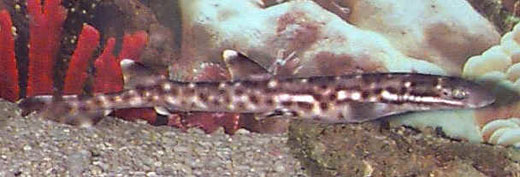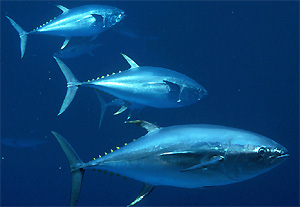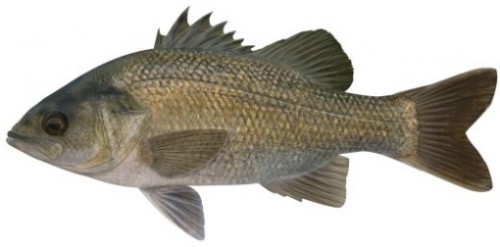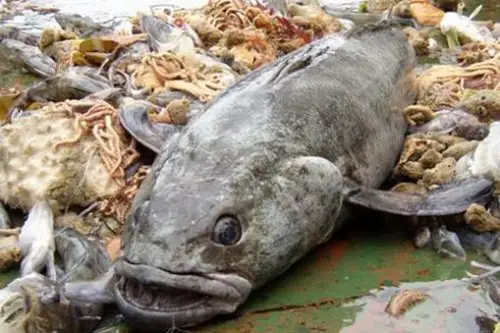Bali Catshark
Not much is known about the Bali catshark. What is known about this newly discovered species is that it is only found in Bali, Indonesia and it was found when a survey was being done of the fish that is found in local fish markets. Little did local fishermen know, they were catching a shark that had not yet been identified by any other areas or even researched by the world at large.
The Bali catshark is quite small for a catshark and has a coloring that is unique to this species. The species features dark saddles that have four dark brown blotches, white spots, and dorsal fins that are almost vertical. This species of catshark looks similar to other species, but also is different enough that those with a keen eye can instantly tell the difference. To date, this species has not been found anywhere else in the world, which is why it is known specifically as the Bali catshark.

Bali Catshark
Habitat
This catshark is found only in Bali, Indonesia and it seems to like the deep, cold waters. It is unknown how many of these there are, but scientists believe that the fish are susceptible to over fishing, because it is thought that the species is only available in limited numbers. It is unknown how susceptible the species will be to warming waters or changes in the waters due to global warming but there are scientists hard at work trying to learn more about this variant of the catshark.
Diet
The diet of the Bali catshark is presumed to be the same as other species of catsharks. Most of the 7members of this type of shark feed on invertebrates and smaller fish. It appears that their diet is varied, allowing the species to survive just about anywhere as there are always invertebrates and smaller fish to feed on.

Bali Catshark
With so little information on the Bali catshark, their reproductive cycles are relatively unknown. What is known is that other species of the catshark are ovoviparious, which means the eggs remain in the female’s body until they are ready to hatch. Other catshark species lay their eggs in egg cases that are known as mermaid’s purses. The size of the mermaid’s purse really depends on the species, but generally they range from five to 10 centimeters.
More to Come
While the Bali catshark is somewhat of a mystery right now, this will not be the case for long. There are many who are in Bali trying to learn more about the species including specifics about breeding and reproductive actions, feeding, and even to get an idea of what they eat, how many of them there are, if they live a solitary life or in communities, and more. There is certainly a lot more information to come on the Bali catshark.



what a good news new fishes are found here!